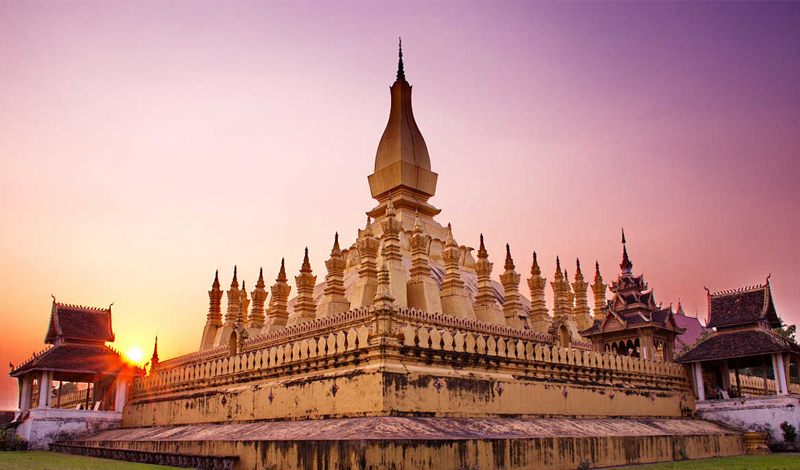

 Invest in Laos
Analysis of Laos' investment environment
Invest in Laos
Analysis of Laos' investment environment  Invest in Laos
Invest in Laos
Analysis of Laos' investment environment

The Lao People's Democratic Republic (hereinafter referred to as "Laos") is located in the northern part of the Indochina Peninsula, bordering Yunnan, China to the north, Vietnam to the east, Myanmar to the west and Thailand to the southwest, and Cambodia to the south. The Mekong River flows through more than 1,900 kilometers. The country has a land area of 236,800 square kilometers and a population of 6.914 million. It is the only landlocked country in the northern part of the Indochina Peninsula. Laos has a tropical and subtropical monsoon climate. The rainy season is from May to October, and the dry season is from November to April of the following year. The average annual temperature is about 26 degrees Celsius. There is abundant rainfall throughout Laos, and the precipitation in a normal year is about 2,000 mm.
Square kilometer
Population:6.914 million
The country's forest area is about 17 million hectares.


Laos is rich in mineral resources and is an extension of China's Sanjiang metallogenic belt. Laos has considerable reserves of gold, copper, tin, lead, potassium, iron, gypsum, coal, salt and other minerals. The national tin reserves are about 65,000 to 80,000 tons. Tin, gypsum, potassium, salt, coal and other minerals have been mined in small quantities so far. 80% of Laos is mountainous and plateau, and most of it is covered by forests. The national forest area is about 17 million hectares, and the forest coverage rate is about 50%. It produces precious woods such as teak, and rosewood. Laos has abundant hydropower resources. More than 60% of the Mekong River's hydropower reserves are in Laos. There are more than 20 rivers over 200 kilometers in theis country, and more than 60 hydropower stations with rich water energy have been built; the land resources are rich, the sunshine time is long, the rainfall is sufficient, and the conditions for agricultural development are good.
The national tin reserves are about 65,000 to 80,000 tons.
The national forest area is about 17 Mha
More than 60% of river water energy reserves are in Laos

The capital Vientiane is the country's political, economic, cultural and scientific research center. Other major economic centers include Luang Prabang in the north of Laos, Savannakhet in the middle of the country, and Pakse in Champasak Province in the south.
17 provinces
1 municipality

There are 17 provinces and 1 municipality
in Laos.
The dynamic economic growth of China and
Laos has significantly bolstered their economic and trade relations. Chinese
investment in Laos has seen remarkable progress, with numerous well-established
Chinese enterprises expanding into the Lao market. Investment areas have
broadened, encompassing sectors such as mining, hydropower, agriculture and
forestry, real estate, industrial park development, and the hotel industry.
According to the Ministry of Commerce of China, direct investment from China to
Laos reached USD 1.22 billion in 2017, with the cumulative direct investment
stock amounting to USD 6.655 billion.
Despite Laos being one of the world's least
economically developed countries, it offers strong economic complementarity
with China, presenting substantial opportunities for collaboration. To navigate
the investment landscape effectively and mitigate risks, Chinese enterprises
and individuals should prioritize legal considerations. Engaging with legal
institutions and experts well-versed in Lao laws is crucial for safeguarding
investments and ensuring compliance.
Kinglom Law Firm, leveraging our expertise,
resources, and local knowledge, is positioned to offer comprehensive,
professional, and tailored legal services. This support will be invaluable for
Chinese companies seeking to venture into the Lao market, helping them achieve
successful and sustainable investments in the region.
China's direct investment in Laos is US$1.22 billion
China's direct investment stock in Laos is US$6.655 billion.